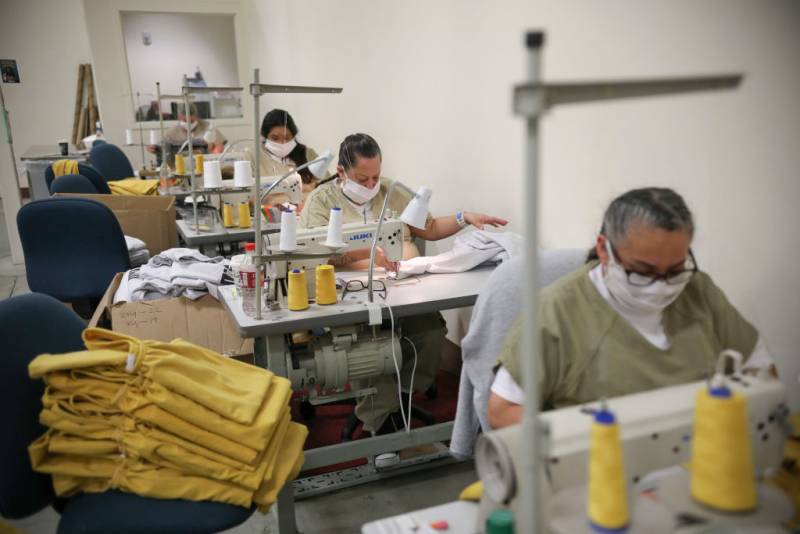California workplace safety regulators are planning to carve out state prisons and other correctional facilities from proposed employer requirements to protect indoor workers from excessive heat — at least, for now.
The compromise, unveiled Thursday at a state work-safety board meeting, comes after a previous version of the regulations was derailed from final approval last month over projected implementation costs for the California Department of Corrections and Rehabilitation.
As climate change has pushed summer temperatures to record highs, occupational safety advocates have fought for mandated protections for tens of thousands of workers at risk of heat hazards at warehouses, restaurants, packing houses and other indoor places of employment.
“Wherever we stand now procedurally, the important thing is to get the standard in place for the summer without any further delay,” said Elizabeth Brennan with the Warehouse Worker Resource Center, which works to improve employee conditions at warehouses in Southern California. “The need for the standard could not be more urgent.”

